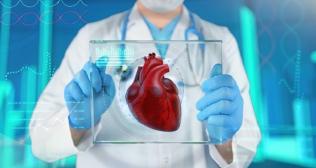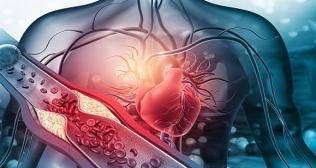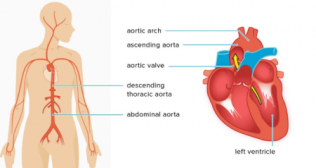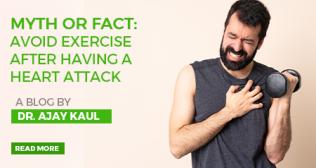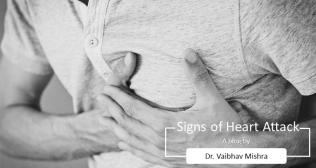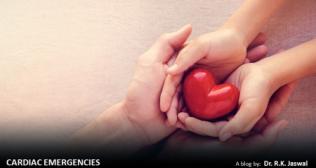
Predicting A Heart Attack
The heart muscle needs oxygen to survive. A heart attack occurs when the blood flow that carries oxygen to the heart muscle is severely reduced or gets cut off completely. This happens because coronary arteries, which supply the heart muscles with the blood flow, slowly become narrow due to accumulation of fat, cholesterol or plaque. This slow process is known as atherosclerosis. When a plaque in a heart artery breaks away blood clot forms around the plaque. This blood clot can block the blood flow to the heart muscle. When the heart muscle is starved for oxygen and nutrients, it is called ischaemia. When damage or death of part of the heart muscle occurs as a result of ischemia, it is called a heart attack or Myocardial Infarction (MI).
WARNING SIGNS OF A HEART ATTACK
Some heart attacks are sudden and intense where no one doubts what’s happening. But most heart attacks start slowly, with mild pain or discomfort. Often people who are affected are not sure what’s wrong and wait too long before seeking help. Here are a few signs that can tell if a heart attack is happening:
Chest discomfort: Most heart attacks involve discomfort in the centre of the chest that lasts more than a few minutes, or that goes away and comes back. It can feel like an uncomfortable pressure, squeezing, fullness or pain.
Discomfort in other areas of the upper body: Symptoms can include pain or discomfort in one or both arms, at the back, neck, jaws or stomach.
Shortness of breath with or without chest discomfort: Other signs may include breaking out in a cold sweat, nausea or light-headedness. Even if one is not sure it’s a heart attack, get it checked. Every minute matters! Prompt action can save a life. Don’t wait for more than five minutes to call an emergency response number.
RISK FACTORS AND PREVENTION OF HEART ATTACK: It is recommended that prevention of heart attack begins by 20 years of age. This means assessing and controlling the risk factors. Heart attack or stroke is fatal or disabling, so prevention is critical. There are some controllable factors that increase the risk of heart disease and stroke such as: • Smoking • High blood pressure • High blood cholesterol • Diabetes • Being overweight or obese • Physical inactivity
THE ABC OF HEART ATTACK PREVENTION
• (A) Avoid Tobacco
• (B) Be more active
• (C) Choose good nutrition HOW TO PREDICT AND MANAGE A HEART ATTACK
Symptoms of heart disease which may lead to a heart attack
Suspect heart disease if you notice that ordinary physical activity causes you to experience: Undue fatigue, palpitations (the sensation that your heart is skipping a beat or beating too rapidly), dyspnoea (difficulty in breathing) or angina (chest pain or discomfort from increased activity).
Non-invasive and invasive investigations
Certain tests can be performed to detect presence of atherosclerotic plaque in the coronary arteries. These include non-invasive stress tests (TMT or Stress Echocardiography or Stress Thallium) or CT Coronary Angiography. Gold standard for diagnosis and decision on mode of treatment is conventional angiography that can now be performed even through the wrist for early ambulation of patients.
How do I confirm if a heart attack has occurred?
An electrocardiogram (ECG or EKG) discovers damage to the heart by making a graphical record of the heart’s electrical activity. Blood testing to detect abnormal levels of certain enzymes in the bloodstream called heart damage markers or cardiac markers. INTERVENTIONS IN A HEART ATTACK: GOLDEN HOUR Time is muscle and the best time to act is the first hour to save maximum heart muscle from damage.
Aspirin tablet 325 mg is the first intervention that is possible to administer at home on suspecting a heat attack.
Thrombolysis: It involves injecting a clot-dissolving drug to restore blood flow in the blocked coronary artery. This should be administered within a few (usually three to six) hours of a heart attack at a heart facility.
Coronary Angioplasty: Many patients who reach hospital in time can undergo coronary angioplasty to restore blood supply to the heart muscle and abort a heart attack.
Categories
Clear allMeet the doctor
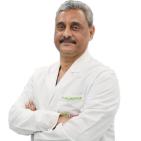
- Cardiac Sciences | Interventional Cardiology
-
34 Years
-
2000







